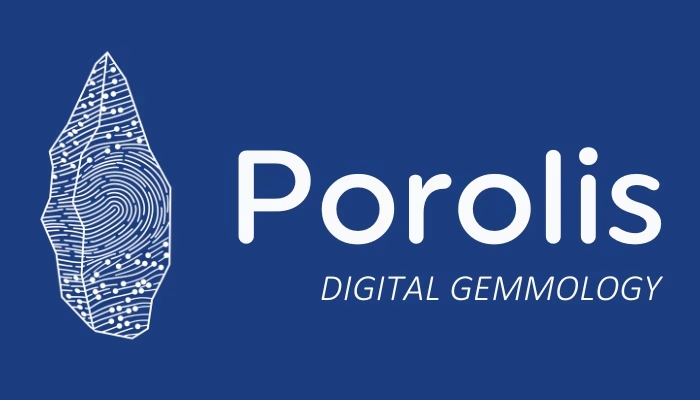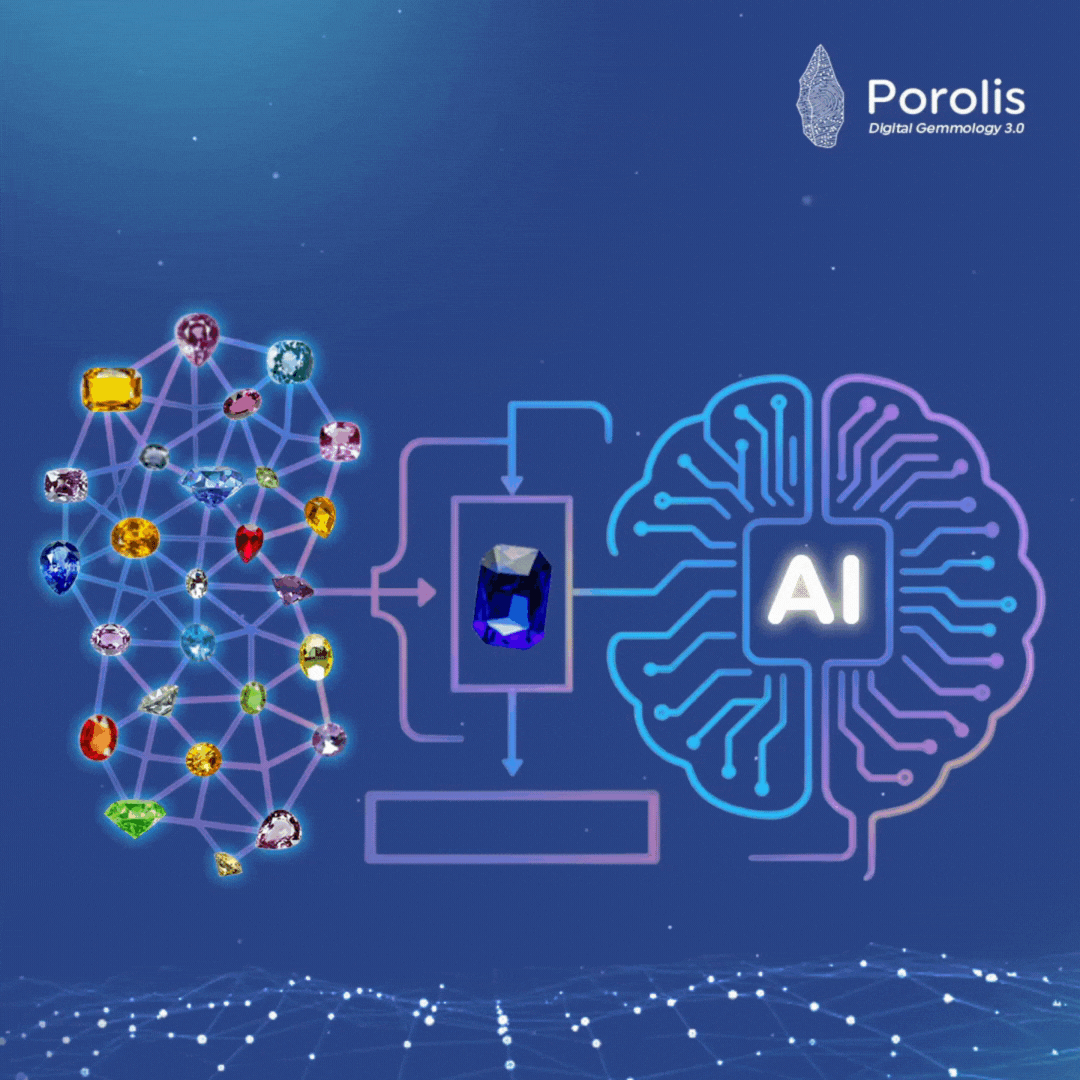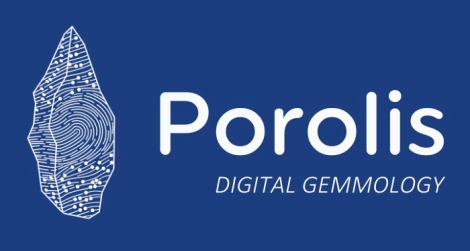The traditional 4C’s – cut, clarity, color, and carat – fall short in comprehensively assessing sapphires and rubies. Introducing Cure, for treatment disclosure, and Cradle, for origin, enhances gemstone evaluation by revealing key aspects of value, rarity, and ethical sourcing.

Vincent Wong | Gamitha Amarasena

October 18, 2024

Vincent Wong | Gamitha Amarasena

October 18, 2024
Introduction
Gemstones like sapphires and rubies captivate us with their exquisite beauty and timeless allure. The popular 4C’s—cut, clarity, colour and carat weight—originated from a leading gem-lab as a diamond quality assessment system. While effective for diamonds, they exhibit limitations in assessing coloured gemstones like sapphires and rubies. Unlike diamonds, the evaluation of coloured gemstones involves nuanced considerations of hue, saturation, and tone, which the 4C’s fail to adequately address.
Moreover, the 4C’s neglect two increasingly pivotal parameters: treatment and origin disclosures. Treatment disclosure is paramount, as many gemstones undergo enhancements to improve their appearance, which significantly impacts their value and durability. Similarly, origin disclosure holds immense importance, not only for assessing rarity but also for indicating ethical and environmental practices in mining operations.
GIC Introduces 2C's
Operating for more than 15 years, the Gemmological Institute of Colombo (GIC) in Sri Lanka has established itself as a global leader in gemstone testing, analysis and certification, having inspected nearly 200,000 samples of sapphires, rubies, spinels and other precious gemstones. Further, for its R&D works, GIC has access to a bank of 150,000 gemstone pieces collected by its affiliated company.
Equipped with advanced analytical tools such as microscopes, FTIR, UV-Vis, RAMAN, LIBS and EDXRF, GIC’s FGA-certified gemmologists conduct cutting edge data-driven machine-learning research as well to build intelligent AI-systems that augments human experts in assessing gemstone quality.
GIC is strategically positioned in the country that produces and exports the largest sapphire crystals to major markets like China, India, Thailand and Europe. Without doubt, there has been a significant increase in demand for testing and detection services concerning gemstone origin and treatment. The market today has come to the realization that these properties profoundly influence a natural gemstone’s commercial value and rarity, prompting GIC to elevate their importance to the highest priority, especially for sapphire and rubies.

It is thus appropriate and timely that the industry recognizes the need to update its library of terminology to more accurately describe trade norms. GIC has since early 2024 introduced and communicated with customers and partners two new Cs to complement the established 4C’s – namely Cure and Cradle. Cure signifies the treatment performed on the crystal, elucidating any alterations made to its appearance and color. And Cradle signifies the crystal’s geologic origin, providing crucial insights into its provenance and rarity.
Cure – Treatment, or the lack of it, on gemstones
Gemstone treatment refers to processes applied to enhance the appearance, durability or value of a gem. These treatments can range from heating to improve color and clarity to more complex methods like fracture filling and diffusion to alter a gem’s characteristics.
Why undergo such treatments ? The motivations vary. Enhancing color and clarity can make gemstones more visually appealing, correcting imperfections that would otherwise diminish their allure. Additionally, treatments can increase a gem’s stability and durability, ensuring it withstands the test of time.
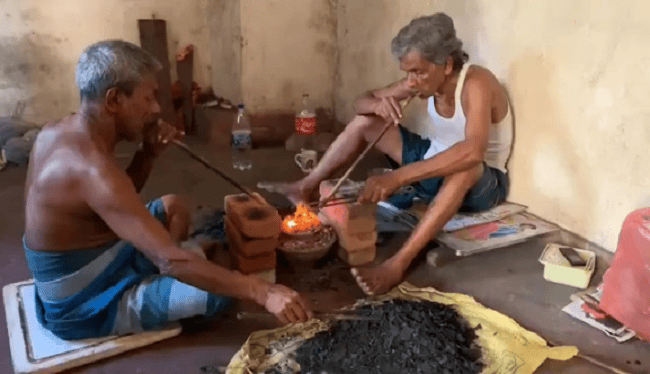
Curing by heat-treatment of a less than perfect gemstone to enhance its colour appearance and clarity impairs its commercial value.
However, gemstone treatment has introduced a huge industry problem – the lack of disclosure. When gemstone treatments aren’t revealed to consumers, it undermines trust and transparency within the industry. Buyers may unknowingly purchase treated gemstones at inflated prices, believing them to be natural and more valuable than they are. This lack of disclosure isn’t merely an ethical issue but has tangible consequences for buyers. Treated gemstones, no matter how stunning their appearance, are inherently less valuable than their untreated counterparts. Their beauty is artificially enhanced, and their authenticity compromised.
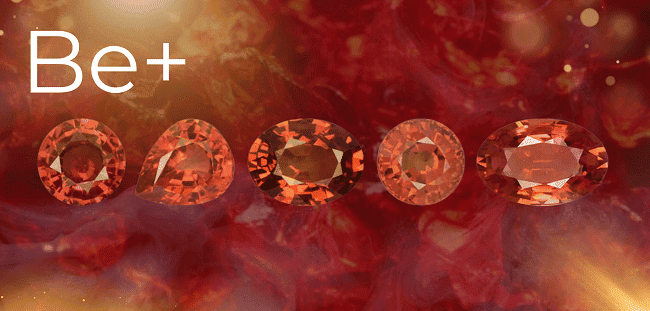
These sapphire gemstones are heated to extreme temperatures nearly to melting point and then infused with chemicals such as beryllium to alter its colour. They become more marketable but are far less expensive, ranging from $1 to $20 per carat.
Detecting these treatments requires a blend of gemmological expertise and specialized tools. Microscopes, spectroscopy and advanced techniques like LA-ICP-MS and XRD are employed to analyse gemstones for any signs of treatment. Accredited gemmological laboratories like GIC play a crucial role in providing independent verification and ensuring transparency in the market.
Hence, while gemstone treatments may enhance their appearance and durability, the lack of disclosure undermines their value and integrity. Buyers must insist on transparency, and sellers must uphold ethical standards, ensuring that the allure of sapphires, rubies, and other gemstones remains untainted by deception. Traders must be aware of this C for Cure.
Cradle – the birthplace and Origin of gemstone
Gemstones, such as sapphires and rubies, possess a geographical origin that profoundly influences their quality, rarity, and commercial value. Understanding the provenance of these gemstones is imperative in discerning their true worth and appreciating the ethical and environmental implications associated with their extraction.
Geographical origin refers to the specific location where a gemstone is mined or produced, whether it be from natural deposits or through lab-grown processes. In recent years, the advent of lab-grown gemstones has added a new dimension to this concept, offering consumers alternatives to naturally occurring stones.
Major sapphire and ruby-producing regions include countries like Myanmar (formerly Burma), Sri Lanka, Thailand, Madagascar, and Tanzania. The geological conditions and mineral compositions of these regions imbue the gemstones with distinct characteristics, such as crystal growth patterns, inclusion type and trace elements. Consequently, sapphires and rubies sourced from different locales may vary in rarity, quality and value.
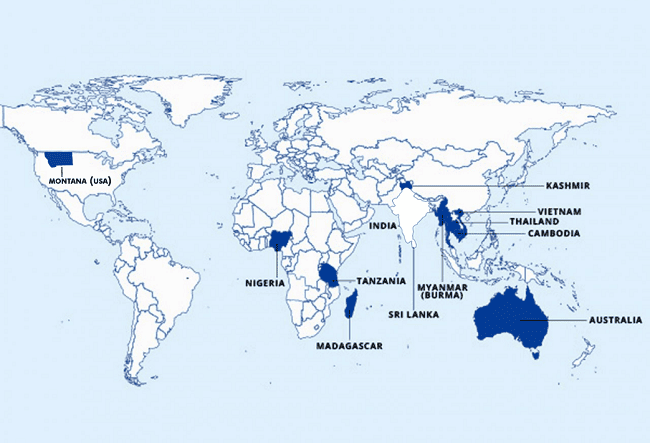
The Cradle or origin of a gemstone impacts significantly its rarity and quality, hence its commercial value. The map above charts the location where sapphires are mined.
The disclosure of gemstone origin is increasingly crucial, not only for assessing rarity but also for evaluating the ethical and environmental practices associated with their extraction. Origin disclosure provides insights into the social, environmental, and governance (ESG) practices employed in mining operations. Consumers are increasingly demanding transparency and accountability from the gemstone industry, prompting greater emphasis on ethical sourcing and sustainability.
Various methods and tools are employed to determine the origin of sapphires and rubies. Microscopic analysis of inclusions and growth patterns, spectroscopy and trace element analysis are among the techniques used to identify unique geological signatures associated with specific regions. Gemmological laboratories play a pivotal role in verifying the origin of gemstones, providing certification and authentication to ensure transparency in the market.

A sapphire mining site in Ratnapura Sri Lanka. During the 16th century, Portuguese explorer Vasco de Gama said of Sri Lanka: “Ceylon has all the fine cinnamon of the Indies and the best sapphires.”
Conclusion
In the evolving landscape of gemstone valuation, especially for sapphire and ruby, the 4C’s provide a foundation. But they must today be supplemented by a deeper understanding of each gemstone’s unique characteristics and the acknowledgment of emerging factors like treatment (Cure) and origin (Cradle) disclosures. The new and additional 2C’s, when adopted industry-wide will promote and emphasize a more comprehensive system of evaluation and disclosure where gemstone buyers can make informed decisions and uphold the standards of transparency and integrity in the industry.
